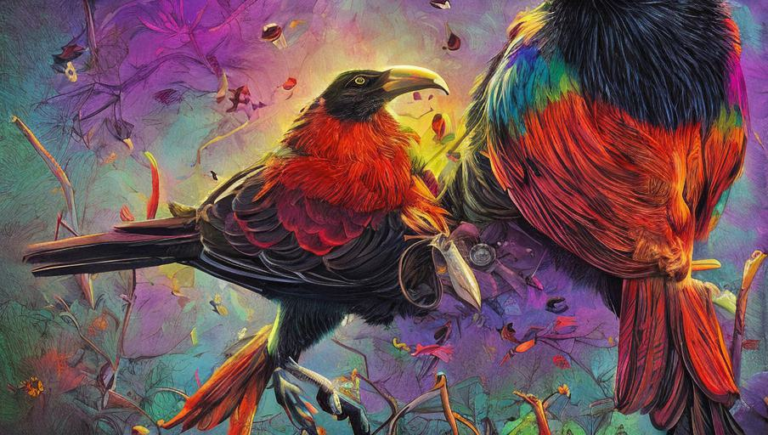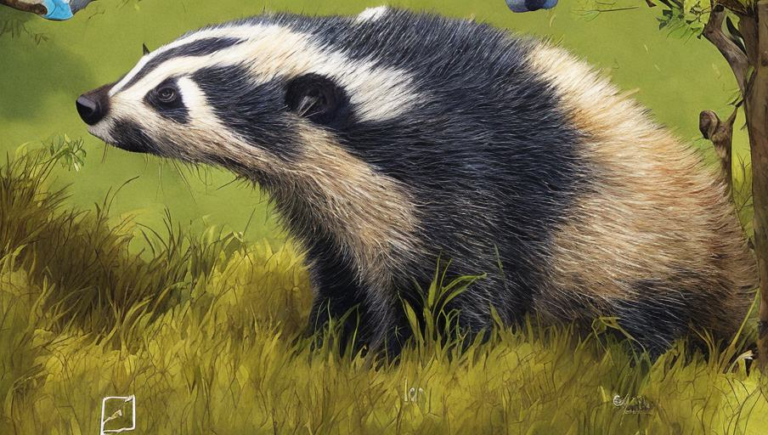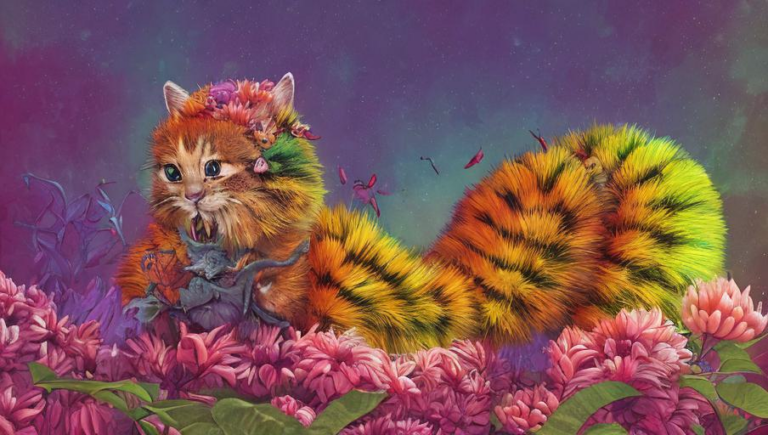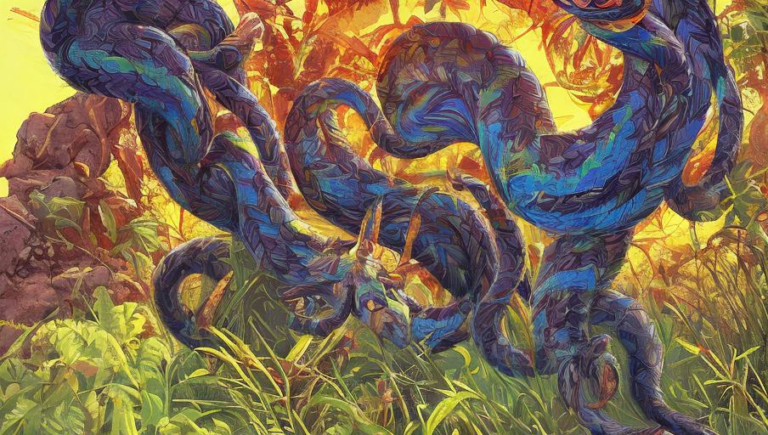Amazing Facts About Aardvarks
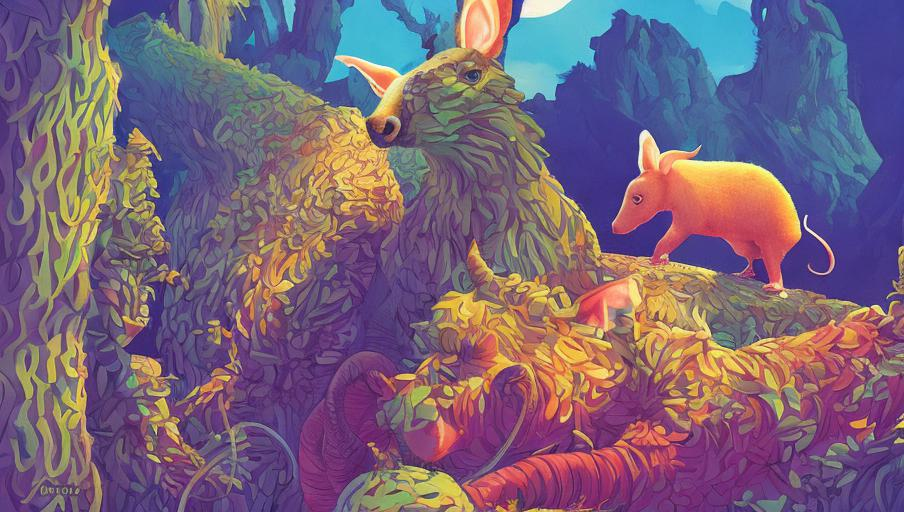
An Overview of Aardvarks
The aardvark, also known as the African ant bear, is a medium-sized, nocturnal mammal native to Africa. Aardvarks are solitary, burrowing creatures and have powerful claws for digging. They can reach up to 6 feet in length and weigh up to 140 pounds. Aardvarks have long ears and a long, slender snout which contains a keen sense of smell. They are able to detect prey from up to 100 meters away.
Diet
Aardvarks are omnivores and primarily feed on ants and termites, using their long, sticky tongues to collect the insects. They will also eat other insects, fruits, and roots. Aardvarks are mostly active at night, when they come out of their burrows to forage for food.
Habitat
Aardvarks are found throughout sub-Saharan Africa, from the Sahara Desert to the Cape of Good Hope and from the Atlantic coast to the Red Sea. They inhabit a variety of habitats, including woodlands, grasslands, and wetlands. Aardvarks are burrowing animals and prefer to make their homes in abandoned termite and ant mounds.
Adaptations
Aardvarks have several adaptations that enable them to survive in the wild. They have tough, leathery skin which helps protect them from predators, and their long ears help them detect danger. Aardvarks have powerful claws which they use to dig burrows and to capture their prey. They also have a keen sense of smell which helps them locate insects.
Reproduction and Offspring
Aardvarks breed during the wet season when food is plentiful. The female gives birth to one or two offspring after a gestation period of seven months. The young are born in a burrow and are weaned by the mother after about three months. The young aardvarks remain with the mother until they reach sexual maturity at 18 months.
Threats
Aardvarks are listed as a “Least Concern” species by the IUCN Red List. However, they still face threats from habitat destruction and fragmentation due to human activities. Aardvarks are also hunted for their meat, and their burrows are sometimes destroyed by farmers as they are seen as a nuisance. Finally, aardvarks are sometimes killed by predators such as lions and hyenas.
Conclusion
Aardvarks are fascinating creatures that are an important part of Africa’s ecosystems. They are adapted to their environment and play an important role in keeping insect populations in check. It is important to protect them and their habitats so that they can continue to thrive.
